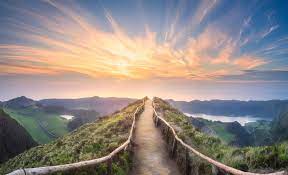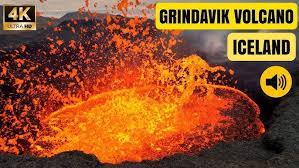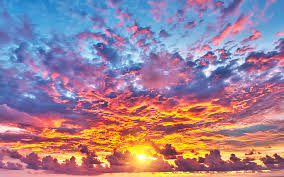Discover the Grand Naniloa Hotel in Hilo: A True Hawaiian Gem

Welcome to the Grand Naniloa Hotel Hilo
Nestled along the picturesque shores of Hilo Bay on the Big Island of Hawaii, the Grand Naniloa Hotel Hilo is a stunning destination that offers a perfect blend of luxury and natural beauty.
With its rich history dating back to 1939, the Grand Naniloa Hotel Hilo has been a beloved landmark in the area for generations. The hotel underwent a major renovation in recent years, blending modern amenities with its classic Hawaiian charm.
Guests at the Grand Naniloa Hotel Hilo can enjoy breathtaking views of the bay and Mauna Kea volcano from their rooms and suites. The hotel also boasts a range of amenities, including a championship golf course, swimming pool, spa, and multiple dining options serving delicious local cuisine.
For those looking to explore the surrounding area, the Grand Naniloa Hotel Hilo is conveniently located near popular attractions such as Rainbow Falls, Liliuokalani Gardens, and Hawaii Volcanoes National Park.
Whether you’re seeking relaxation or adventure, the Grand Naniloa Hotel Hilo offers something for everyone. Come experience true Hawaiian hospitality at this iconic hotel on the Big Island!
Top FAQs About the Grand Naniloa Hotel Hilo: Pool Access, Star Rating, Unique Features, and Kamaʻāina Rates
- Does the Grand Naniloa have a pool?
- How many stars does Grand Naniloa have?
- What is the Naniloa hotel known for?
- What is the Kamaʻāina rate at Grand Naniloa?
Does the Grand Naniloa have a pool?
Yes, the Grand Naniloa Hotel Hilo features a beautiful pool for guests to enjoy during their stay. The pool area provides a relaxing oasis where guests can unwind and soak up the Hawaiian sunshine while taking in panoramic views of Hilo Bay and the surrounding landscape. Whether you prefer to swim laps, lounge by the poolside with a refreshing drink, or simply bask in the tropical ambiance, the pool at the Grand Naniloa Hotel Hilo is sure to enhance your overall experience at this luxurious resort.
How many stars does Grand Naniloa have?
The Grand Naniloa Hotel Hilo is a luxurious accommodation that proudly boasts a 4-star rating. Renowned for its exceptional service, stunning location, and upscale amenities, the hotel offers guests a truly memorable and comfortable stay. Whether you’re seeking relaxation by the bay or adventure on the Big Island, the Grand Naniloa Hotel Hilo’s 4-star status ensures a top-tier experience for all visitors.
What is the Naniloa hotel known for?
The Grand Naniloa Hotel Hilo is known for its stunning location along the shores of Hilo Bay, offering breathtaking views of the bay and Mauna Kea volcano. With a rich history dating back to 1939, the hotel is a beloved landmark on the Big Island of Hawaii. Renowned for its blend of modern amenities and classic Hawaiian charm, the Grand Naniloa Hotel Hilo provides guests with a luxurious and immersive experience that captures the essence of true Hawaiian hospitality. Whether it’s relaxing by the pool, playing a round of golf on the championship course, or exploring nearby attractions, visitors to the Naniloa hotel are sure to create lasting memories in this beautiful island paradise.
What is the Kamaʻāina rate at Grand Naniloa?
The Kamaʻāina rate at the Grand Naniloa Hotel Hilo is a special discounted rate offered to Hawaii residents, known as Kamaʻāina, who wish to enjoy a stay at this beautiful hotel. This exclusive rate allows local residents to experience the luxury and amenities of the Grand Naniloa Hotel Hilo at a more affordable price, making it a popular choice for staycations or weekend getaways for those living in Hawaii. Guests can take advantage of this special offer to enjoy all that the hotel has to offer while supporting local tourism.


